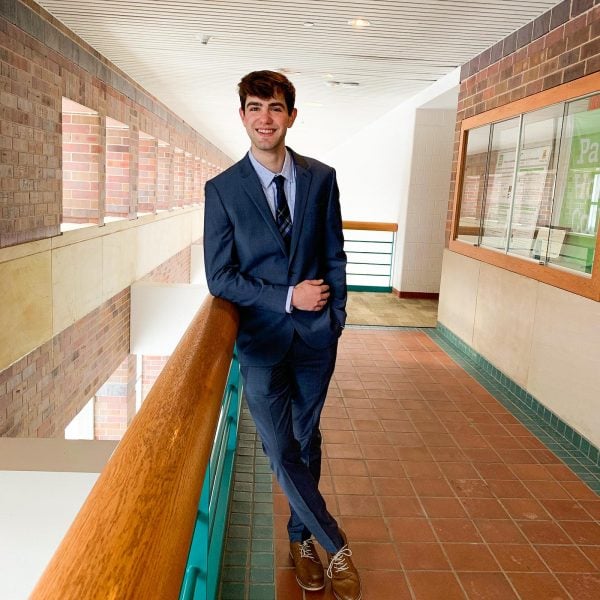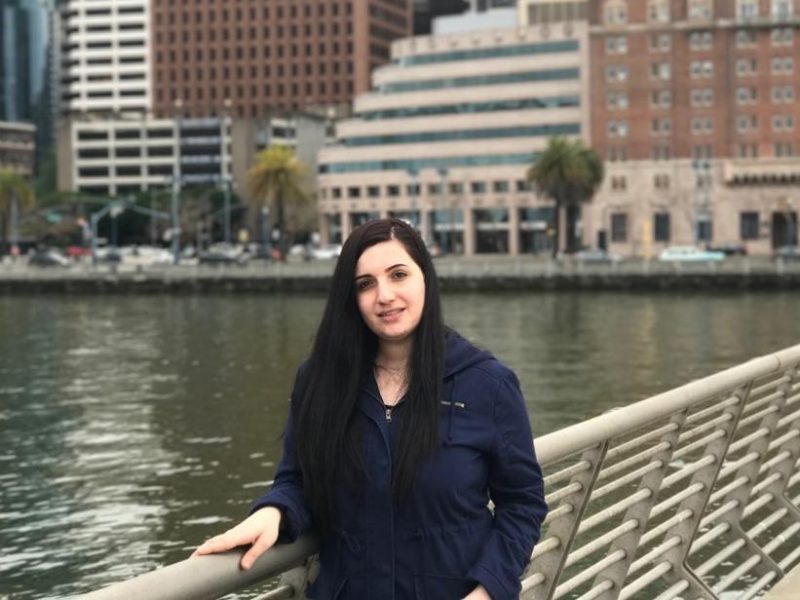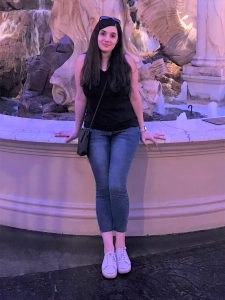I am a second-year PhD student in the Biomedical Engineering department. I started my undergraduate degree at Michigan Tech in 2016, I enjoyed my time here so much I decided to come back to become a PhD student in the Biofluids lab in 2021. My field of research is cardiovascular hemodynamics, the study of how blood flows through the cardiovascular system. I work with physicians to investigate how cardiovascular diseases (aortic stenosis, hypertension, mitral regurgitation, etc.) can alter the blood flow of the heart.
I am immensely grateful for the support provided by the DeVlieg Foundation and the Graduate Dean Awards Advisory panel. With their help, I will be able to spend the summer investigating changes to left atrial flow dynamics in patients with atrial fibrillation (AF) and who have received treatment for AF. I am hopeful that this research will provide a basic engineering framework to conduct computational simulations of AF and improve the clinical knowledge to provide the best therapy possible for patients with AF.
Michigan Tech gratefully acknowledges support from The DeVlieg Foundation for the DeVlieg Summer Research Award.






